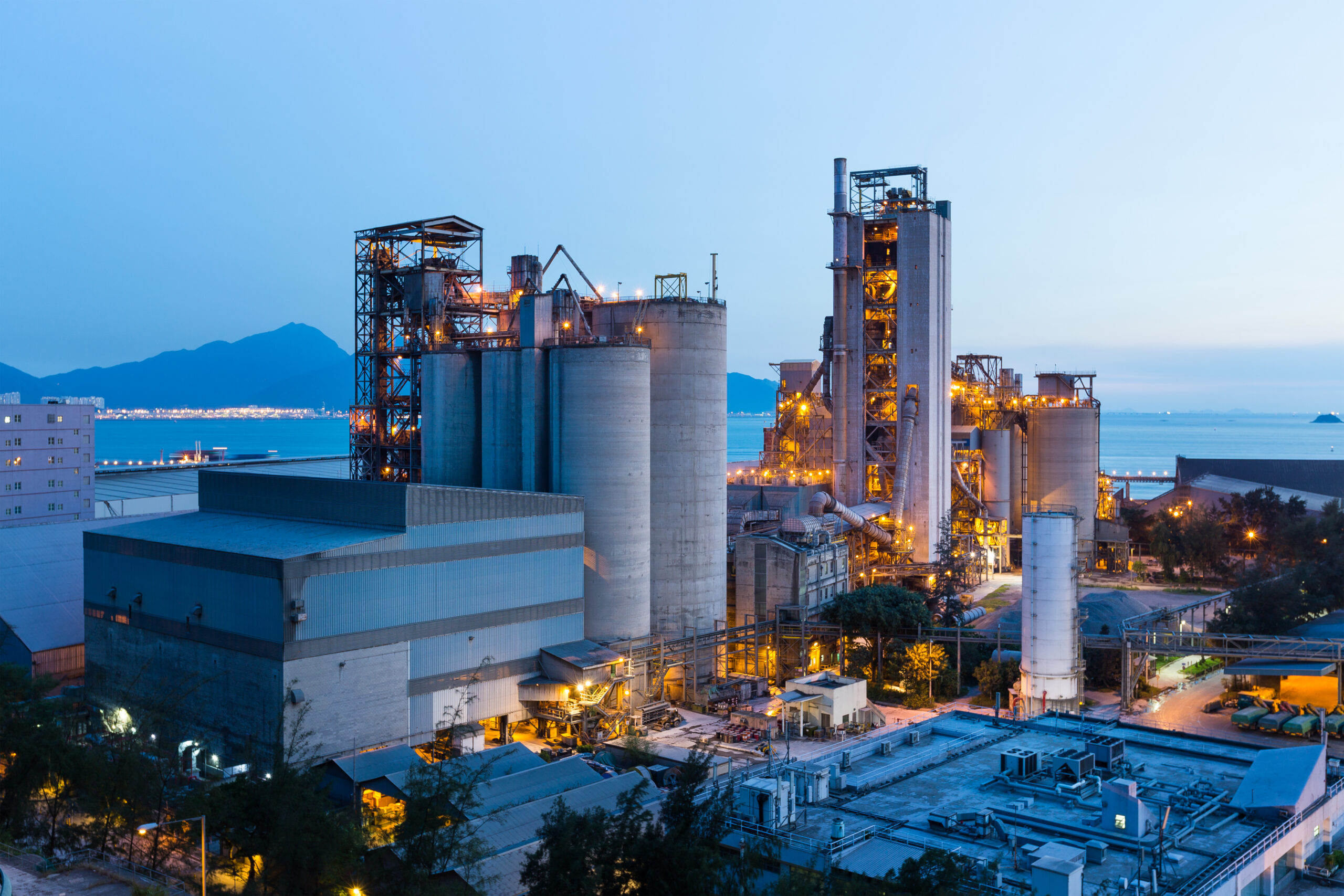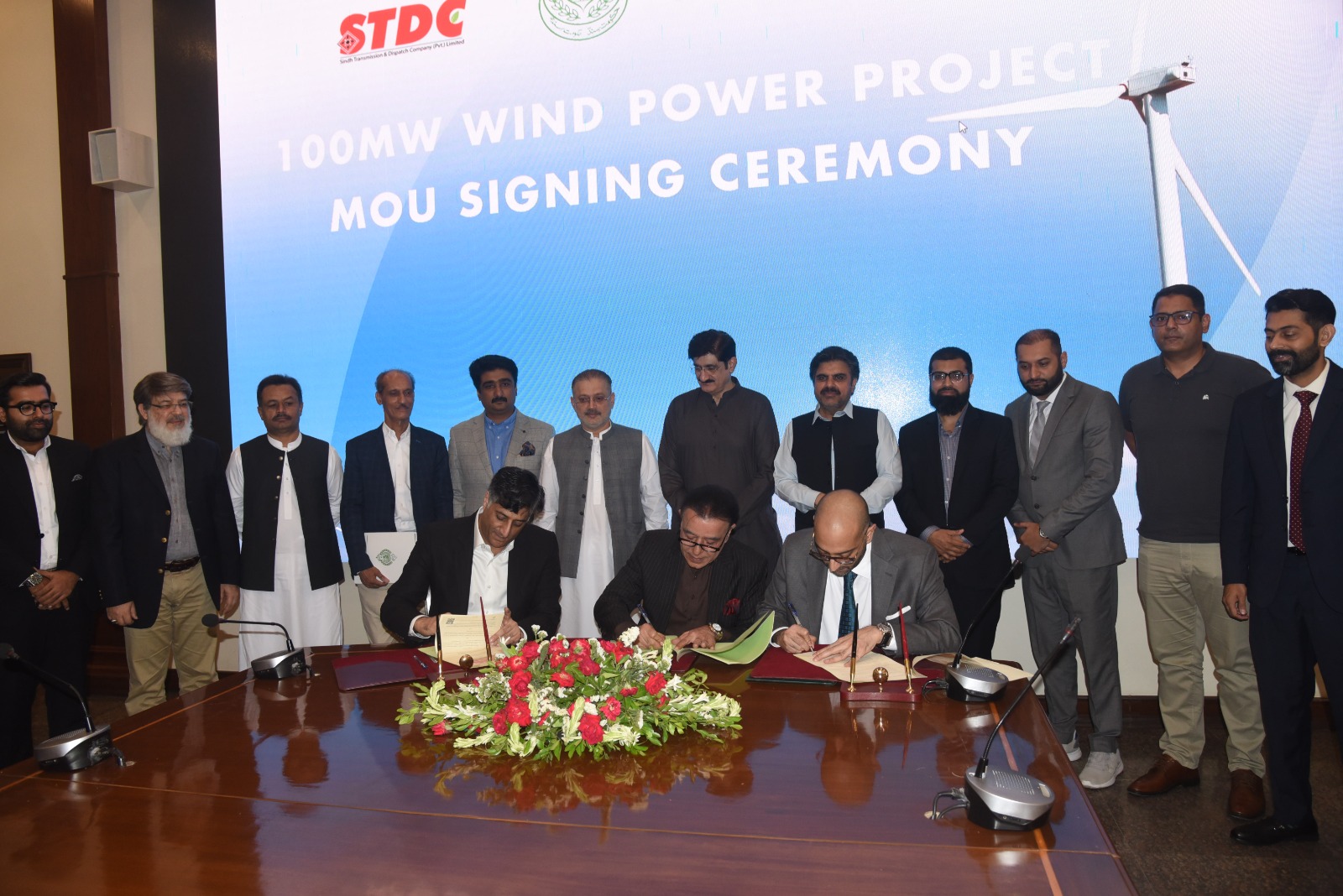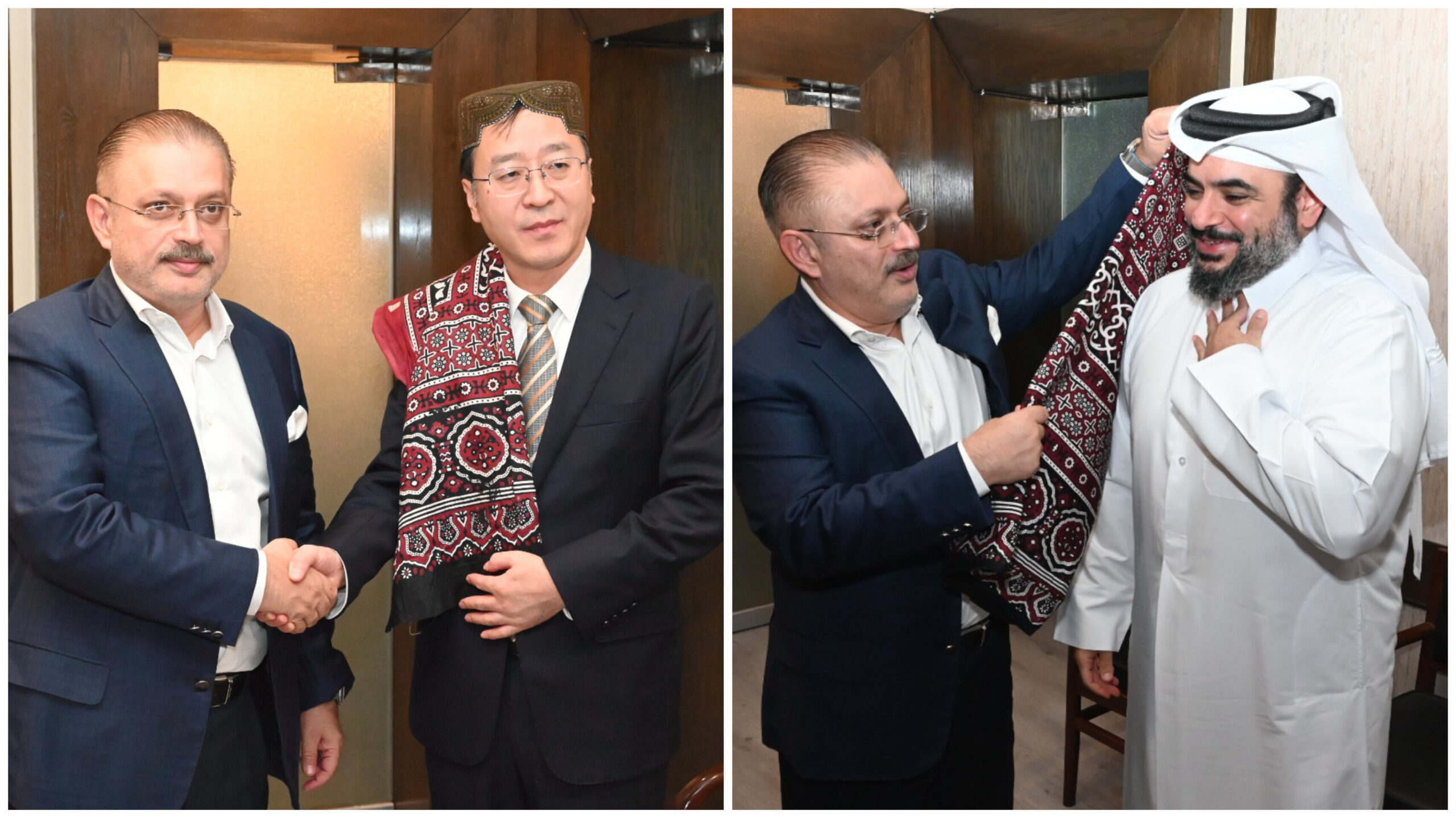
The Sindh government has underscored the importance of economic regeneration through strategic investments in a healthy and competitive urban sector, and by developing complementary strategies to strengthen the interface between urban and rural areas. This initiative includes focusing on both large urban centers and small towns.
A policy document from the Sindh government reveals plans to promote industrialization as a means to enhance the welfare of its people. It acknowledges the significant role industrialization has played in the economic growth of developed countries. However, Pakistan’s industrial sector has not witnessed substantial growth in recent years, with Sindh experiencing a consistent decline over past decades due to several challenges. These challenges include law and order issues, inconsistent policies, severe energy shortages, inadequate infrastructure, high production costs, lack of investment, labor unrest, under-utilization of capacity, economic power concentration, and inefficient public sector performance.
The document emphasizes the urgent need for a comprehensive industrial development strategy to ensure sustainable growth within the province. This strategy aims to optimize Sindh’s human and material resources, thus strengthening the province’s economic foundation and creating better employment opportunities.
A significant issue identified is the lack of development in Sindh’s secondary cities, leading to sporadic public funding for infrastructure. This has resulted in ad-hoc, uninformed decisions and has prevented intermediary cities from achieving their potential as “Engines of Economic Growth.” Consequently, these cities have failed to drive economic growth, which has exacerbated poverty in remote areas due to limited economic opportunities and social services. The poverty headcount ratio in these remote areas is nearly double that of larger metropolitan cities.
Despite cities typically being engines of growth, urban development and management in Sindh remain weak. The province, the second-largest and most urbanized commercial hub in Pakistan, strategically boasts two seaports and an international airport, acting as vital gateways for economic activities and revenue generation for the country. Spanning approximately 579 km from north to south and about 442 km at its widest (281 km on average), Sindh covers an area of 140,915 square kilometers.
Karachi, the financial capital of Pakistan, alone encompasses 23.7 percent of the country’s population and 18.34 percent of its land area, highlighting its pivotal role in the national economic and development agenda. The Sindh government’s strategic approach aims to harness this potential to drive sustainable economic growth and development across the province.




